Cape Town was on the edge of crisis, and then it wasn’t. Cape Town has delayed its water-shortage disaster—at least until 2019. Continue reading “Cape town day zero crisis averted?”
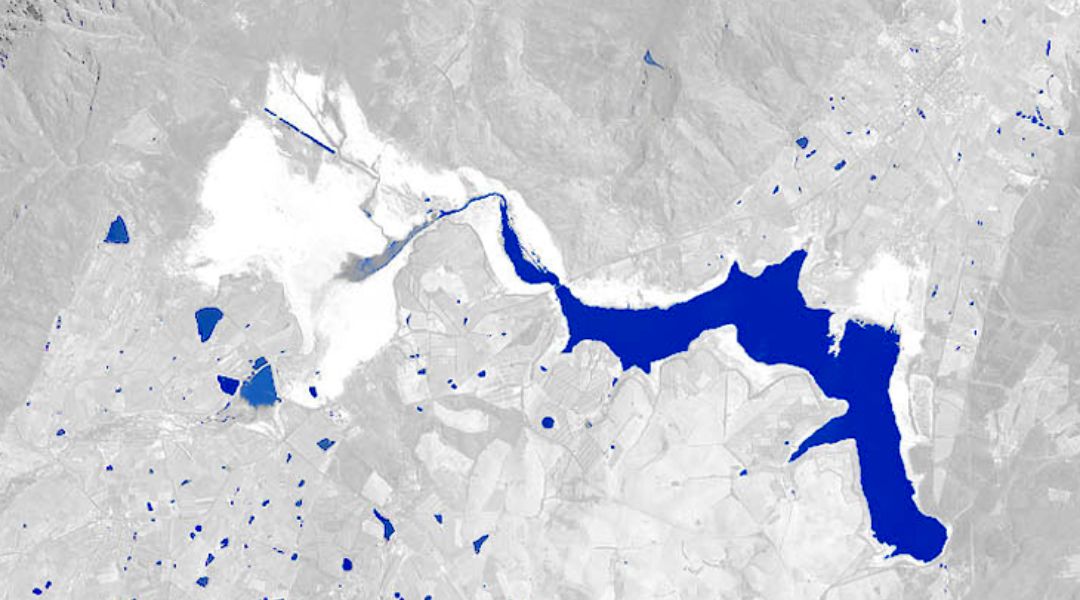
Cape Town was on the edge of crisis, and then it wasn’t. Cape Town has delayed its water-shortage disaster—at least until 2019. Continue reading “Cape town day zero crisis averted?”
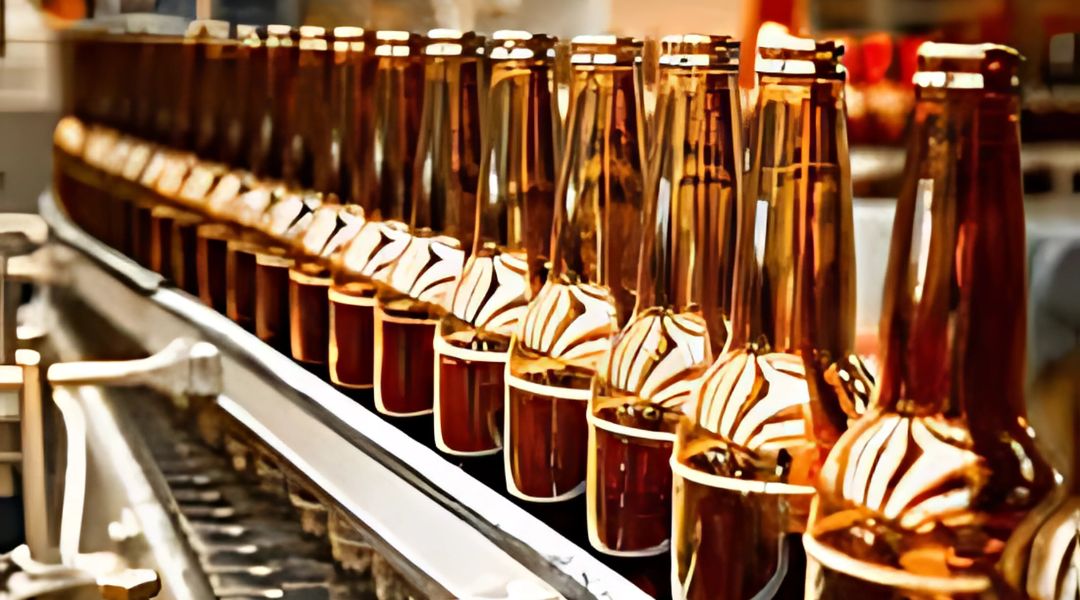
When we watch a glitzy soft drink ad on TV, our first thought has probably to do something with the quality of the commercial. A comfortable second about the taste, flavours and we wonder about any artificial flavouring. But we never stop to consider how much water goes into making a bottle of cola. And yet this is one of the most pressing questions facing the beverage sector today. Continue reading “Impact of Water Scarcity on the Beverage Industry”
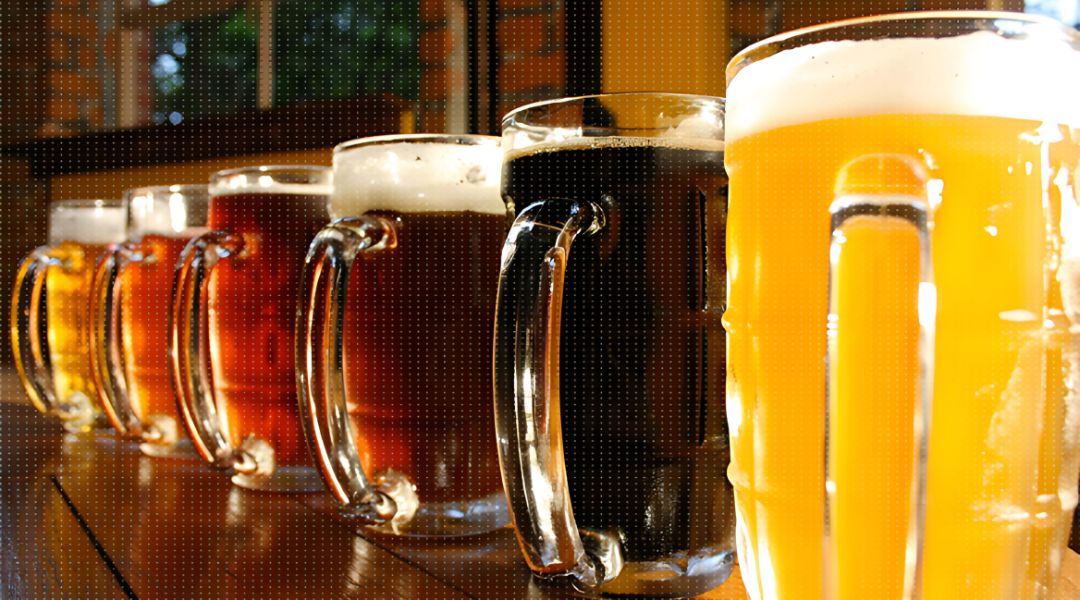
Imagine going to work without your early morning fix – your freshly brewed cup of coffee from your regular cafe – just the way they make it. What about an after work get together with colleagues at your favourite pub, blissfully guzzling down a carefully crafted pint of draught beer? We tend to take these things for granted. We don’t normally stop to think where these beverages come from or how they are made. The fact that large amounts of freshwater are needed to produce these beverages is only a technicality for us. However, the ever dwindling source of freshwater is a matter of utmost concern in the world today. The beverage industry has one of the highest water footprints in the world. It is time to explore newer options for water to produce beverages. Let us take a look at how AKVO’s water generators can make a difference in small breweries and cafes.
You might think that the choice of craft beer innocent, but to craft beer enthusiasts it embodies environmental values amongst other things. Since beer is essentially water, the water consumption in any brewery is quite high. It requires 22 litres of water for 2 litres of beer which is just for the immediate production, thus just a fraction of the water footprint of this industry. The World Wildlife Fund (WWF) and SABMiller calculated that the water footprint per litre of beer ranged from 45-155 litres (11-40 gallons per gallon of beer).
According to Prof. Tony Allen, in the food and beverage sector the water footprint for coffee is 140 litres, for a toast it is 80 litres, for eggs it is 120 litres, and for milk it is 200 litres. According to the Barista Guild of America, one cup of latte requires 200 litres of freshwater. From plantation to brewing, the coffee industry works on an extremely stringent water specification. Cafes investing in the water quality is thus ever increasing. An average café across the USA uses between 2000 – 3500 litres of water daily. Top this with the National Drinking Water Scheme launched recently in the UK, which requires every licensed premise in England and Wales to provide free potable water to customers by law, to curb the plastic pollution. At this rate it is not unlikely that the food and beverage industry would soon require its customers to pay for the water used in making that cup of coffee we buy on our way to work.
Scientists and environmentalists are working over time to solve this ever-increasing scarcity of water. True! However, without the active help of the human population across the globe, frighteningly enough their efforts are wasted. If we unitedly stand to consume water responsibly this global crisis might just be avoided. The presence of water in the earth’s immediate atmosphere is still close to unlimited. Using air-to-water technology AKVO’s unique Atmospheric Water Generators can help contribute vastly to this measure. These water generators and water purifiers are purely humidity and temperature dependent and are scalable for different industrial water requirements. AKVO’s AWGs are based on the fundamental process of evaporation and condensation to generate water from the atmosphere with as low as 30% humidity and use powerful organic filtration in the process which renders drinking water safe and pure as well as fulfils other industrial standard requirements for different sectors including pharmaceuticals, F&B, and even hydroponic farming
Sources:
https://psmag.com/environment/crafting-solutions-to-water-shortages-in-brewing
https://www.bbc.com/news/uk-39881236
https://www.thesun.co.uk/money/3867284/restaurants-dont-have-to-give-you-free-tap-water-unless-they-do-this-one-thing/
https://coffeelands.crs.org/2012/09/302-the-water-footprint-of-your-coffee/
http://www.baristaguildofamerica.net/water-usage-in-the-cafe-at-the-farm-and-in-the-future-episode-3-the-future/
https://www.entrepreneur.com/article/292121
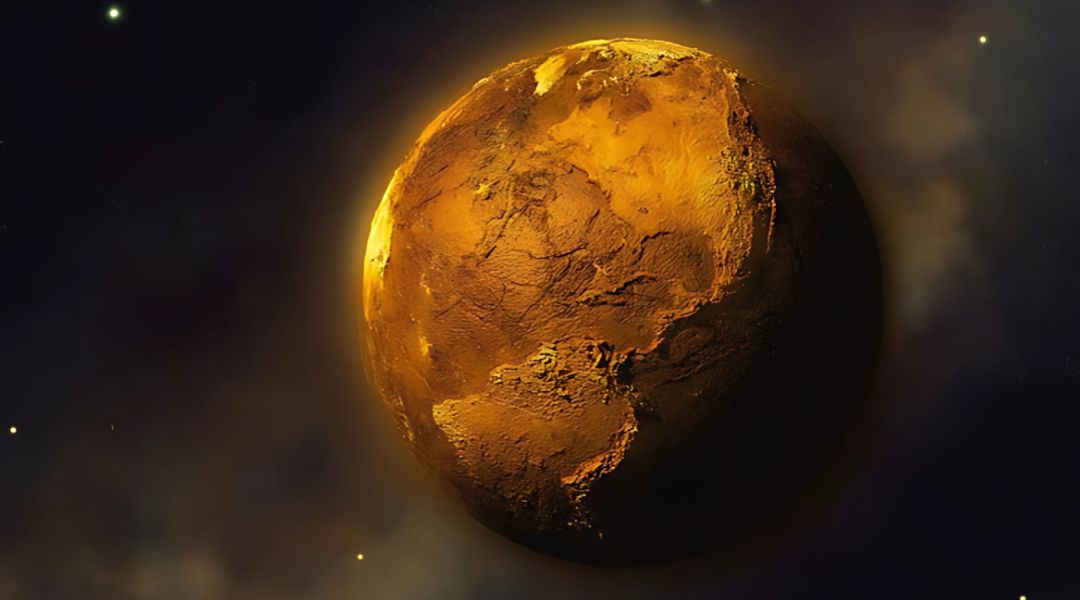
A future without water…? If you think this is rhetoric, let me assure you it is not. It is a definite possibility in a future as near as 2050. That merits the question, what will happen to the human race when there is no water for consumption? And what of the planet and other life forms on it? Let’s try and answer these questions. We shall then talk about the current water crisis the world is plunged in right now and how atmospheric water generators can make a difference. It might sound far-fetched but consider this… Continue reading “A Future without Water”
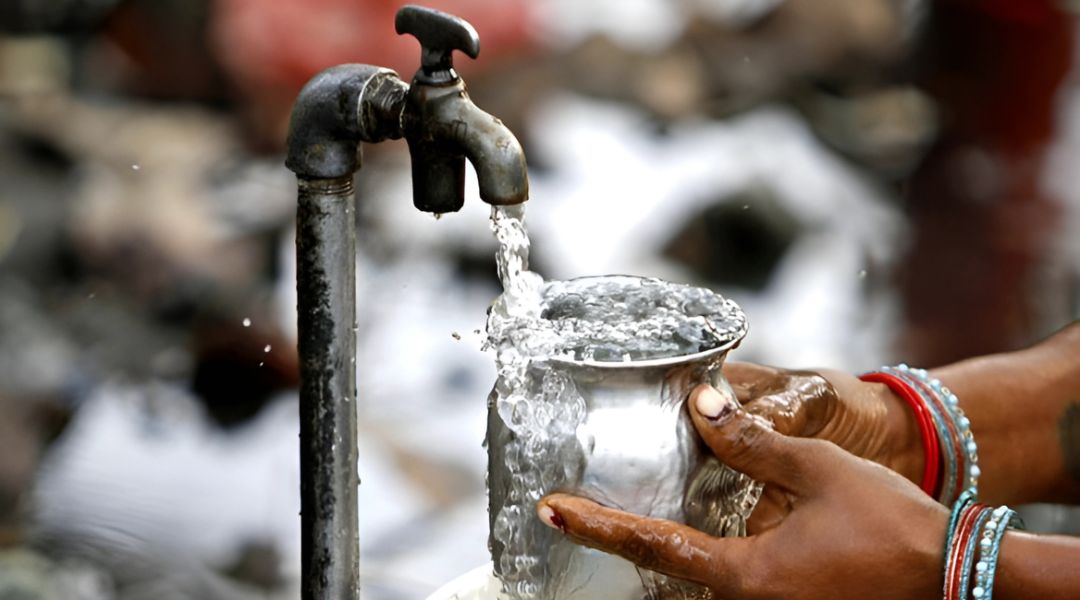
According to a report in the Times of India on World Water Day, March 23, 2018, Bengaluru could soon join Cape Town as two of the top metropolitan cities that are inexorably moving towards ‘Day Zero’ or a situation when taps run dry. Continue reading “The State of Water in India”

Cape Town is in the unenviable situation of being the first major city in the modern era to face the threat of running out of drinking water.
However, the plight of the drought-hit South African city is just one extreme example of a problem that experts have long been warning about – water scarcity.
Despite covering about 70% of the Earth’s surface, water, especially drinking water, is not as plentiful as one might think. Only 3% of it is fresh.
Over one billion people lack access to water and another 2.7 billion find it scarce for at least one month of the year. A 2014 survey of the world’s 500 largest cities estimates that one in four are in a situation of “water stress”
According to UN-endorsed projections, global demand for fresh water will exceed supply by 40% in 2030, thanks to a combination of climate change, human action and population growth.
It shouldn’t be a surprise, then, that Cape Town is just the tip of the iceberg. Here are the other 11 cities most likely to run out of water.
1. São Paulo
Brazil’s financial capital and one of the 10 most populated cities in the world went through a similar ordeal to Cape Town in 2015, when the main reservoir fell below 4% capacity.
At the height of the crisis, the city of over 21.7 million inhabitants had less than 20 days of water supply and police had to escort water trucks to stop looting.
It is thought a drought that affected south-eastern Brazil between 2014 and 2017 was to blame, but a UN mission to São Paulo was critical of the state authorities “lack of proper planning and investments”.
The water crisis was deemed “finished” in 2016, but in January 2017 the main reserves were 15% below expected for the period – putting the city’s future water supply once again in doubt.
2. Bangalore
Local officials in the southern Indian city have been bamboozled by the growth of new property developments following Bangalore’s rise as a technological hub and are struggling to manage the city’s water and sewage systems.
To make matters worse, the city’s antiquated plumbing needs an urgent upheaval; a report by the national government found that the city loses over half of its drinking water to waste.
Like China, India struggles with water pollution and Bangalore is no different: an in-depth inventory of the city’s lakes found that 85% had water that could only be used for irrigation and industrial cooling.
Not a single lake had suitable water for drinking or bathing.
3. Beijing
The World Bank classifies water scarcity as when people in a determined location receive less than 1,000 cubic metres of fresh water per person a year.
In 2014, each of the more than 20 million inhabitants of Beijing had only 145 cubic metres.
China is home to almost 20% of the world’s population but has only 7% of the world’s fresh water.
A Columbia University study estimates that the country’s reserves declined 13% between 2000 and 2009.
And there’s also a pollution problem. Official figures from 2015 showed that 40% of Beijing’s surface water was polluted to the point of not being useful even for agriculture or industrial use.
The Chinese authorities have tried to address the problem by creating massive water diversion projects. They have also introduced educational programmes, as well as price hikes for heavy business users.
4. Cairo
Once crucial to the establishment of one of the world’s greatest civilisations, the River Nile is struggling in modern times.
It is the source of 97% of Egypt’s water but also the destination of increasing amounts of untreated agricultural, and residential waste.
World Health Organization figures show that Egypt ranks high among lower middle-income countries in terms of the number of deaths related to water pollution.
The UN estimates critical shortages in the country by 2025.
5. Jakarta
Like many coastal cities, the Indonesian capital faces the threat of rising sea levels.
But in Jakarta the problem has been made worse by direct human action. Because less than half of the city’s 10 million residents have access to piped water, illegal digging of wells is rife. This practice is draining the underground aquifers, almost literally deflating them.
As a consequence, about 40% of Jakarta now lies below sea level, according to World Bank estimates.
To make things worse, aquifers are not being replenished despite heavy rain because the prevalence of concrete and asphalt means that open fields cannot absorb rainfall.
6. Moscow
One-quarter of the world’s fresh water reserves are in Russia, but the country is plagued by pollution problems caused by the industrial legacy of the Soviet era.
That is specifically worrying for Moscow, where the water supply is 70% dependent on surface water.
Official regulatory bodies admit that 35% to 60% of total drinking water reserves in Russia do not meet sanitary standards
7. Istanbul
According to official Turkish government figures, the country is technically in a situation of a water stress, since the per capita supply fell below 1,700 cubic metres in 2016.
Local experts have warned that the situation could worsen to water scarcity by 2030.
In recent years, heavily populated areas like Istanbul (14 million inhabitants) have begun to experience shortages in the drier months.
The city’s reservoir levels declined to less than 30 percent of capacity at the beginning of 2014.
8. Mexico City
Water shortages are nothing new for many of the 21 million inhabitants of the Mexican capital.
One in five get just a few hours from their taps a week and another 20% have running water for just part of the day.
The city imports as much as 40% of its water from distant sources but has no large-scale operation for recycling wastewater. Water losses because of problems in the pipe network are also estimated at 40%.
9. London
Of all the cities in the world, London is not the first that springs to mind when one thinks of water shortages.
The reality is very different. With an average annual rainfall of about 600mm (less than the Paris average and only about half that of New York), London draws 80% of its water from rivers (the Thames and Lea).
According to the Greater London Authority, the city is pushing close to capacity and is likely to have supply problems by 2025 and “serious shortages” by 2040.
It looks likely that hosepipe bans could become more common in the future.
10. Tokyo
The Japanese capital enjoys precipitation levels similar to that of Seattle on the US west coast, which has a reputation for rain. Rainfall, however, is concentrated during just four months of the year.
That water needs to be collected, as a drier-than-expected rainy season could lead to a drought. At least 750 private and public buildings in Tokyo have rainwater collection and utilisation systems.
Home to more than 30 million people, Tokyo has a water system that depends 70% on surface water (rivers, lakes, and melted snow).
Recent investment in the pipeline infrastructure aims also to reduce waste by leakage to only 3% in the near future.
11. Miami
The US state of Florida is among the five US states most hit by rain every year. However, there is a crisis brewing in its most famous city, Miami.
An early 20th Century project to drain nearby swamps had an unforeseen result; water from the Atlantic Ocean contaminated the Biscayne Aquifer, the city’s main source of fresh water.
Although the problem was detected in the 1930s, seawater still leaks in, especially because the American city has experienced faster rates of sea level rise, with water breaching underground defence barriers installed in recent decades.
Neighbouring cities are already struggling. Hallandale Beach, which is just a few miles north of Miami, had to close six of its eight wells due to saltwater intrusion.
Source: BBC.com Image Source: Getty

Last week drought in São Paulo was so bad, residents tried drilling through basement floors for groundwater. As reservoirs dry up across the world, a billion people have no access to safe drinking water. Rationing and a battle to control supplies will follow Continue reading “Why fresh water shortages will cause the next great global crisis”
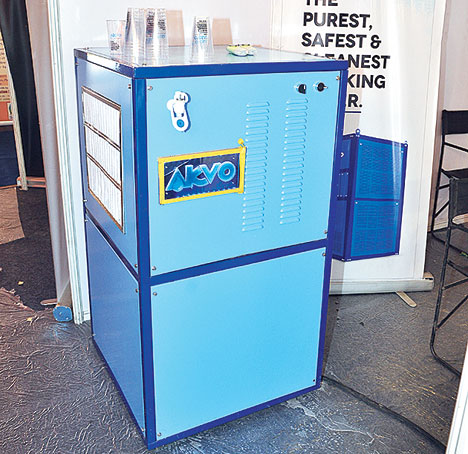
Drinking water out of thin air. That is what one of the stalls claimed to produce with a machine called Atmospheric Water Generator.
Drinking water out of thin air. That is what one of the stalls claimed to produce with a machine called Atmospheric Water Generator.
“You don’t need any natural or artificial source of water be it a tap, a tank, a pond or a river,” smiled the man at the counter.
AKVO, a Calcutta-based company, manufactures drinking water using a air-to-water technology which replicates the natural process of condensation by simulating the dew point, which allows it to produce water continuously.
The machine produces water ranging from 30 to 1,000 litres, depending on the product specification, from atmospheric moisture in the air and filters out the dust and micro particles in air through a powerful organic filtrating process. It reportedly has litle maintenance cost, unlike other purifiers.
“Decline in rainfall, depletion of fresh water resources and increase in population are posing great threats to humanity. In the days to come, when we will have to face water scarcity, such a product would be a blessing,” the company official at the stall said.
The machine that produces 30l daily will cost Rs 60-70,000 and will be available in a couple of months. The 100l Akvo is available in the market and costs about Rs 1 lakh. Orders are coming in from Dubai and South Africa, he said.
Read the article here: Telegraph India
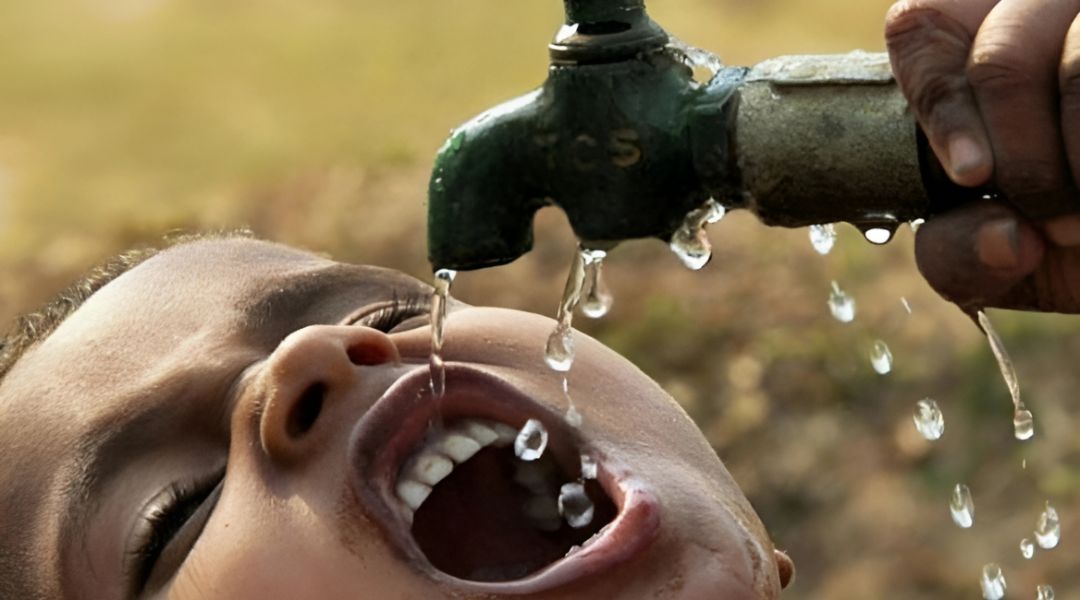
India’s huge population makes it very vulnerable when it comes to water shortage and scarcity. Continue reading “Water Scarcity – India’s Silent Crisis”